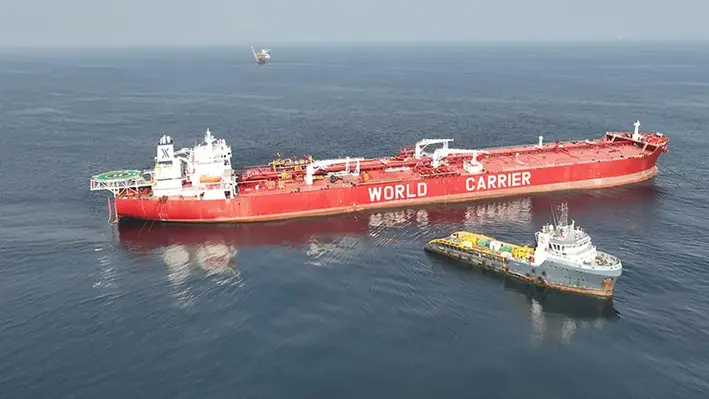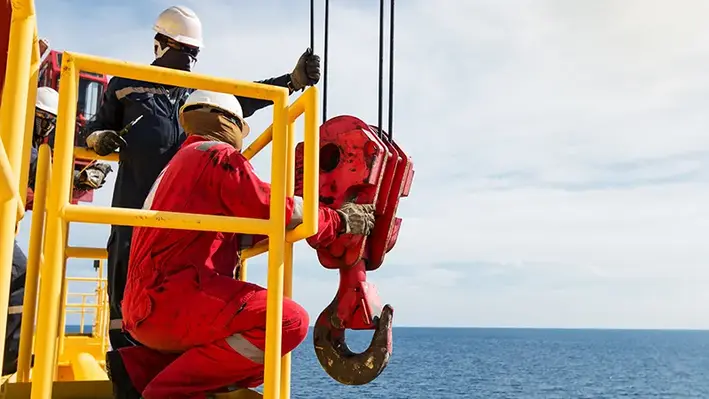
At the Offshore Well Intervention Asia Pacific Conference attention turned to Indonesia as representatives from Pertamina Hulu Mahakam, Harbour Energy and TGT Diagnostics discussed the market trends in the region and what best practices and new technologies are being considered to optimise campaigns.
Sakti Dwitama, Head of Wells Studies at Pertamina Hulu Mahakam, stated that in Mahakam the well intervention business was very heavy. Across the more than 2,000 producing wells the company maintains around 5,000 operations are carried out each year with around thirty units (be that coil tubing, E-line, slickline, etc) being used on a daily basis. Yet this market is not without its challenges. Most obviously, as all panellists agreed, was the disruption caused by the Covid-19 pandemic which has caused immense logistical issues for mobilising teams to safely perform well intervention operations. As Hubert Menard, Asia Pacific Business Manager at TGT Diagnostics, added, this has been problematic for operators and service companies alike and has required some real forward thinking in terms of resource management to accommodate for quarantining etc.
The other major challenge has been the economic situation in Indonesia where the low oil price (although it is returning) and poor exchange rates has required some frugal planning from operators. The Indonesian government, in order to boost the economy and wean the country off of its reliance on exported oil has targeted the production of 700,000 barrels of oil per day for this year 2021 (up from the current production figure close to 700,000) to push on to 1,000,000 by 2030. This will be a tough task and the panellists discussed the role of well intervention within this.
Sakti said, “In a way I see this as an opportunity for well intervention. In Mahakam there has been a steep decline in production, especially gas, and so there will be an increase in well intervention activities in order to achieve the national objective. We also want to get more efficient and to optimise this and we are seeing more and more rig activities getting taken over by rigless vessels.”
“However, this decline in production will not be stabilised if we only rely on existing wells. So while we do intervention to maintain a smooth baseline we need to balance it with the development of new wells. Last year we drilled about 300 new wells across the nation, to achieve the national target this year we are aiming to drill about 600. This will be maintained throughout the next few years so that we aim to be drilling around 1,000 wells per year.”
Athur Simatupang, Well Service Engineer at Harbour Energy agreed with this sentiment. At Harbour Energy, he noted, the main goal is to maintain gas production and by utilising intervention methods such as acidisation, perforation etc they hope to increase and maintain the gas production from their fields and help the government reach its target. He also noted intervention strategies were of more importance due to the increasing costs associated with drilling new wells. Companies in Indonesia are having to look to deeper waters to explore and develop new reservoirs which is much more challenging and requires more expensive equipment. While his company is looking to drill new wells in order to increase production, well intervention is being used to sustain and maintain it.
Data Management
In order to stay on top of which wells require production enhancement, precise and effective data acquisition and data management is key. As Menard noted, “The digital transformation is something that every operator and service provider needs to go through even though each has different objectives and initiatives relating to this.”
Sakti noted that in his company an in-house digitalisation platform (in use since 2007) captures all the historical data acquired from assets and allows them to get a better understanding of their wells in order to optimise and more efficiently manage their operations. Athur added that one of the most important uses of this data for his company was to allow them to manage, coordinate and plan the activities of all departments more effectively, so they could identify shared targets and strategies. In an age where making the most of resources is paramount, ensuring all departments are working together in this way can achieve substantial cost savings for the company.
In order to acquire this data, the panellists noted a growing trend of moving away from E-line operations, with many companies instead relying on other methods such as slickline. While doing so does not allow for real time data to be acquired, it has major benefits in regards to mobilisation and potential cost savings.
Menard noted that E-line has a much bigger footprint and unless urgent real-time data acquisition was required, in his companies experience it is often much more fruitful to use other methods such as slickline which requires much less equipment and is much lighter. Because of these advantages to ease of mobilisation, it can be a much better option especially for smaller platforms. Additionally slickline is often needed anyway to perform jobs such as removing safety valves etc and bringing in E-line would most add another logistical problem if another crew was required.
New technology
After touching upon digitalisation the panellists moved onto other new technology trends that are shaping the well intervention industry. Sakti bridged the gap to data by noting that the advancements of AI combined with big data will push companies to be much more efficient and could optimise campaigns through things such as predictive analytics. There are also new solutions emerging in the realm of sand control, a “common enemy” in Indonesia, which would allow operators to move away from traditional methods such as gravel packs which are becoming less economically suitable –especially for marginal wells.
All the panellists stressed their companies were not afraid to utilise new technology and insisted that their doors were open for new viable ideas which could optimise their operations. Sakti said, “In Mahakam we are open to trying out new technologies and there are plenty of new products and techniques being implemented and trialled on our wells. The first step is to get to know each other, then we can have a tech day or forum to see what you have in your toolbox. From there we can discuss how to move forward in more detail, perhaps offer a scenario and understand how this technology will help and what benefit we can gain.”
Athur added, “Every year we do a new tech presentation for all out contractors but, not waiting for that, our door is always open and you may contact us directly. Of course in the Indonesian market everything is about low price but we are happy to have a discussion to see if we can insert the product into our applications.”
To listen to the full session, follow the link below:
https://www.youtube.com/watch?v=KpZeA629gtU




